Nilroy K. Dutta, Qiang Wang9812563970, 9789812563972
Table of contents :
Contents……Page 6
Preface……Page 10
Authors’ Biographies……Page 12
1.1 Historical Developments……Page 14
1.2 Semiconductor Materials……Page 15
1.3 Operating Principles……Page 19
1.4 Applications……Page 21
1.5 Book Overview……Page 22
1.7 References……Page 24
2.1 Introduction……Page 28
2.2.1 Gain spectrum and bandwidth……Page 29
2.2.2 Gain saturation……Page 30
2.3 Dielectric Waveguide……Page 32
2.4 Condition for Amplification……Page 34
2.5 P-N Junction……Page 36
2.6 Amplifier Characteristics……Page 39
2.7 Multiquantum Well Amplifiers……Page 43
2.8 References……Page 45
3.1 Introduction……Page 48
3.2 Radiative Recombination……Page 49
3.2.1 Condition for gain……Page 50
3.2.2 Gain calculation……Page 51
3.2.3 Spontaneous emission rate……Page 55
3.3.1 Auger effect……Page 57
3.3.3 Recombination at defects……Page 66
3.3.4 Carrier leakage over the heterobarrier……Page 67
3.4.1 Energy levels……Page 71
3.4.2 Optical gain and Auger recombination……Page 74
3.4.3 Strained quantum well amplifiers……Page 82
3.5 Gain in Quantum Wire (QWR) and Quantum Dot (QD) Structures……Page 83
3.6 References……Page 89
4.1 Introduction……Page 94
4.2 Material Systems……Page 95
4.3.1 Liquid phase epitaxy……Page 98
4.3.2 Vapor phase epitaxy……Page 99
4.3.3 Metal-organic chemical vapor deposition……Page 100
4.3.4 Molecular beam epitaxy……Page 101
4.4 Strained Layer Epitaxy……Page 102
4.5 Selective Area Growth……Page 104
4.5.2 Materials growth using SAG……Page 107
4.6 Amplifier Designs……Page 109
4.6.1 Leakage current……Page 113
4.7 Growth of QWR and QD Materials……Page 114
4.8 References……Page 119
5.1 Introduction……Page 124
5.2 Low Reflectivity Coatings……Page 126
5.3 Buried Facet Amplifiers……Page 128
5.4 Tilted Facet Amplifiers……Page 131
5.5 Amplified Spontaneous Emission and Optical Gain……Page 135
5.6 References……Page 139
6.1 Introduction……Page 142
6.2 Amplifier Rate Equations for Pulse Propagation……Page 143
6.3 Pulse Amplification……Page 146
6.4 Multichannel Amplification……Page 149
6.5 Amplifier Application in Optical Transmission Systems……Page 152
6.5.1 In-line ampli.ers……Page 154
6.5.2 Optical pre-ampli.er……Page 157
6.5.3 Power ampli.er……Page 160
6.6 Amplifier Noise……Page 161
6.6.1 Noise analysis for optical transmission……Page 163
6.7 Gain Dynamics……Page 169
6.7.1 Model of gain recovery……Page 174
6.7.2 Quantum dot SOA……Page 178
6.8 References……Page 182
7.1 Introduction……Page 186
7.2 Integrated Laser and Amplifier……Page 187
7.3 Multichannel WDM Sources with Amplifiers……Page 189
7.4 Spot Size Conversion (SSC)……Page 190
7.5 Mach-Zehnder Interferometer……Page 191
7.6 References……Page 194
8.2 Four-Wave Mixing……Page 196
8.2.1 CW FWM results……Page 197
8.2.1.1 FWM analysis……Page 199
8.2.2 Pulsed FWM results……Page 203
8.2.3 FWM bandwidth……Page 207
8.3 Cross Gain Modulation……Page 210
8.3.1 Rate equations for multiple pulse propagation……Page 212
8.3.2 Bandwidth of cross gain modulation……Page 213
8.4.1 Mach-Zehnder interferometer……Page 216
8.5 Wavelength Conversion……Page 218
8.6.1 Four-wave mixing based scheme……Page 221
8.6.2 Cross phase modulation based scheme……Page 222
8.7 OTDM System Applications……Page 225
8.7.1 Clock recovery……Page 226
8.7.2 OTDM transmission……Page 227
8.7.3 Gain-transparent SOA-switch……Page 228
8.8 References……Page 231
9.2 Optical Logic XOR……Page 234
9.2.1 XOR using SOA-MZI……Page 235
9.2.1.1 Simulation……Page 240
9.2.2 XOR using semiconductor optical ampli.er-assisted .ber Sagnac gate……Page 248
9.2.3 XOR using terahertz optical asymmetric demultiplexer (TOAD)……Page 250
9.2.4 XOR using UNI gate……Page 253
9.2.5 XOR optical gate based on cross-polarization modulation in SOA……Page 254
9.2.6 XOR using four-wave mixing in semiconductor optical ampli.er with return-to-zero phase-shift-keying (RZ-DPSK) modulated input……Page 255
9.3.1 OR gate using gain saturation in an SOA……Page 256
9.3.2 OR gate using a semiconductor optical ampli.er (SOA) and delayed interferometer (DI)……Page 257
9.3.2.1 Experiment……Page 260
9.3.2.2 Simulation……Page 261
9.4 Optical Logic AND……Page 263
9.4.1.1 Experiment……Page 265
9.4.1.2 Simulation……Page 266
9.5 Optical Logic INVERT……Page 270
9.6 References……Page 272
10.2 Adder……Page 276
10.3 Parity Checker……Page 281
10.4 All-Optical Pseudorandom Binary Sequence (PRBS) Generator……Page 289
10.5.1 Multi-output based on two pulse correlation principle……Page 292
10.5.2 All-optical packet header processor based on cascaded SOA-MZI’s……Page 294
10.5.3 Ultrafast asynchronous multi-output all-optical header processor……Page 295
10.6 References……Page 298
Index……Page 302
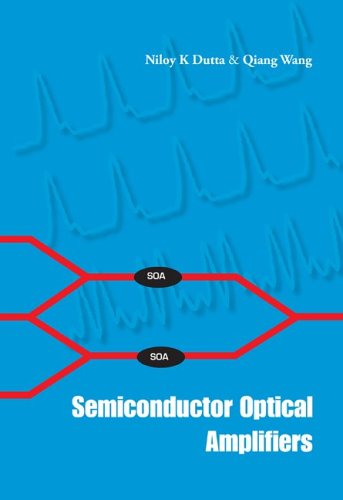
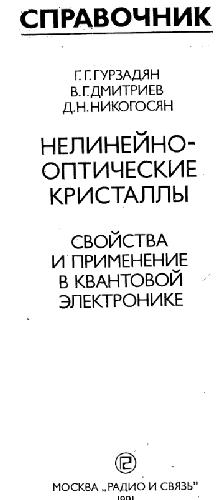

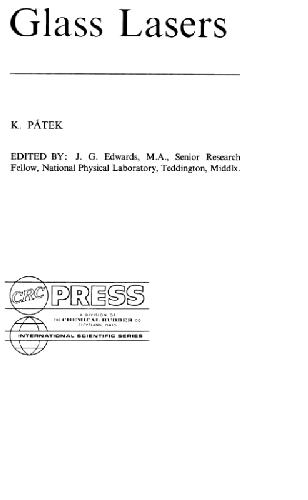

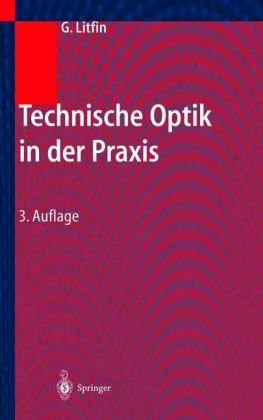
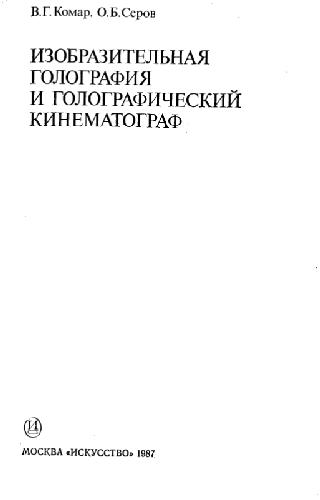
Reviews
There are no reviews yet.